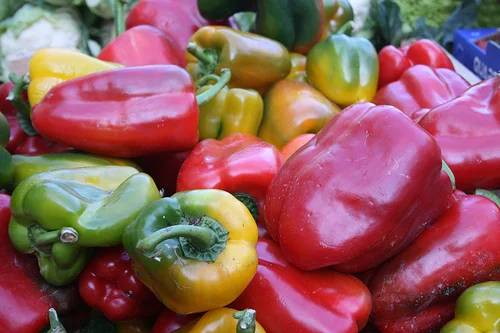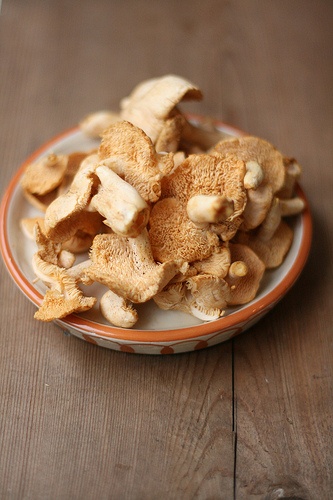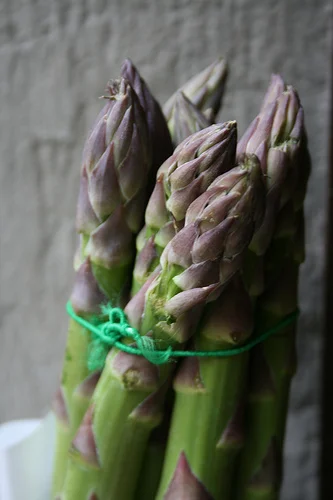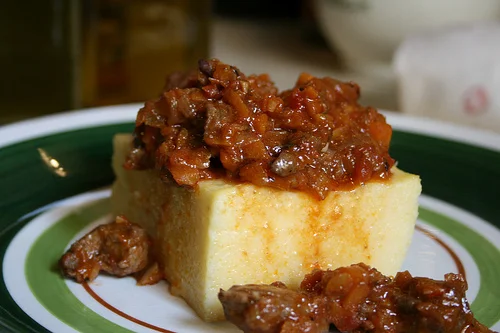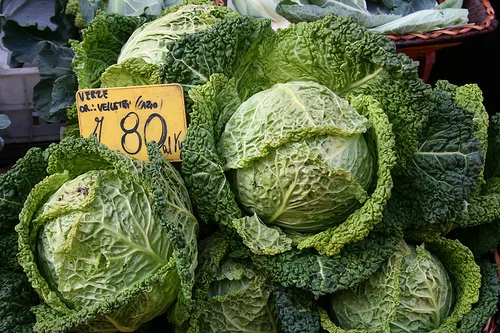how to make vegetable stock
I sincerely cannot believe it has taken me this long to add vegetable stock to my repertoire. I make chicken stock and beef stock all of the time---even to the point of pressure canning them for storage. I swear by homemade stock. It is yet another of those recipes that once you start making it at home from scratch, you will cringe at the thought of buying the 'store' version.
The longer my DIY list becomes, the bigger my time commitment to making things from scratch. And duly noted: the potential for food snobbishness increases. I honestly don't mean to be a snob, I just keep taking steps toward DIY: grow it yourself, grind it yourself, preserve, brew, cure, ferment and pickle it yourself... and I simply cannot seem to stop my frenzied craze.
Especially. Especially when 'doing it myself' includes recycling or re-purposing, using scraps or leftovers and creating something from what might seem like 'garbage.' (Which is why last summer I collected wooden chairs left for 'free' on people's curbs, then sanded and repainted no less than 8 of them). For example, shrimp shells normally go into the garbage, but they also make brilliant stock. DIY is partly why I buy whole chickens, then use their bones for stock, the livers for pate and meat for 'dinner.' (Recently, we hosted a dinner using butchered urban chickens; I made chicken meatballs, plus stock from their feet---it had amazing flavor and viscosity).
What I love about vegetable stock is that it can be made with stragglers in my fridge: the forgotten carrots lining the vegetable drawer and diced onions shoved far back on the shelf. I grab herbs that grow faithfully in my yard, add a good sprinkle of peppercorns and an hour later I have a simmering pot of vegetable stock. I am a big, big fan of making stock when it squeezes into my schedule, then freezing it in quart bags for future use.
Uses for Vegetable Stock: all manner of soups, anytime you want to sub it in for chicken stock---to transform a recipe to 'vegetarian'---and instead of water. When using water in your kitchen, ask the quick question: would this be tastier if I used vegetable stock? Good examples: when you are blanching vegetables or thinning out a sauce, re-heating vegetables in the pan or making couscous.
The possibilities of what to include in your stock are endless. It really is about the stragglers in your fridge, herbs from your garden and/or simply scraps: ends of carrots and celery, outer leaves of lettuce, all parts of the onion. I usually skip the starch (potatoes) and keep in mind that some vegetables/herbs will impart a very bold flavor that you may or may not want: asparagus, broccoli, cabbage, mint, corn, cilantro, pea pods and squash. I don't like flavors to be too bold, since vegetable stock is meant to impart flavor and complexity---at least in my mind---rather than take over entirely.
All I did below is list 'usual' vegetables to include. I almost always include the first 7 ingredients, then toss in scraps, bits and pieces of everything else. No, there are no quantities. Usually 1 onion, a few carrots, 1-2 celery stalks, a handful of parsley stems, 2 tsp peppercorns, sometimes a bay leaf and a few fresh thyme sprigs. Fill your biggest pot with cold water.
I have done this two ways: toss all into cold water and simmer for an hour OR you can start with 2-3 T olive oil and saute the onion, carrot, celery and garlic for 5 minutes, then add the cold water and everything else, again simmering for an hour. Strain and store.
Vegetable Stock
onion carrot celery garlic peppercorns (black, white, red or green) parsley stems thyme mushrooms chard green beans leeks bell peppers fennel fronds rosemary dandelion greens (or stems, buds) blackberry leaves (yes: they are edible!)
Another tip---and I LOVE this---if you are lucky enough to have urban chickens, the cooked vegetables make great chicken mash!

